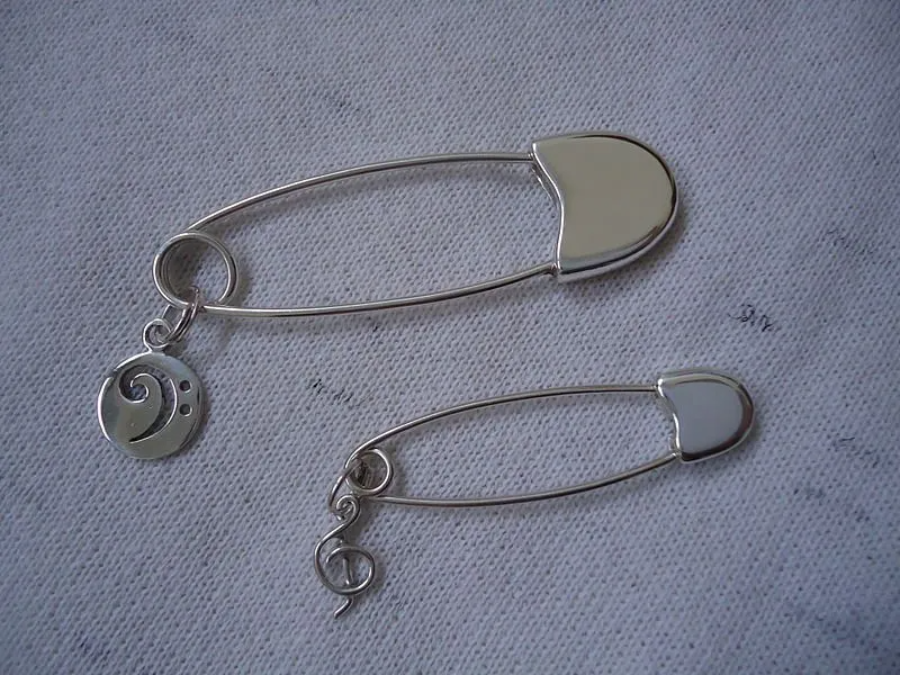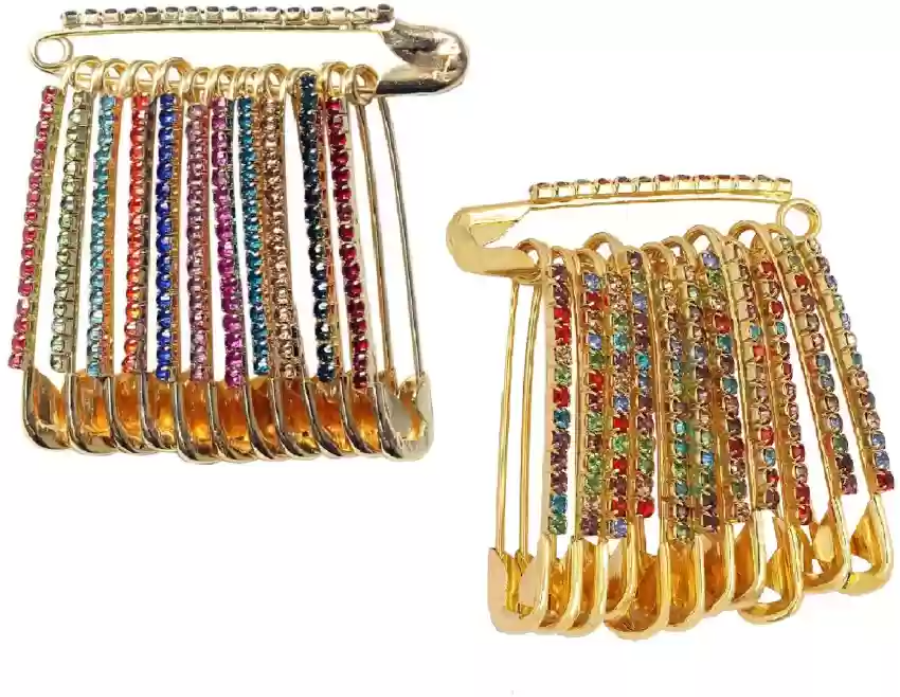

Title: "The Ingenious Invention of the Safety Pin: Walter Hunt's Revolutionary Creation"
Introduction:
The safety pin, a seemingly ordinary object found in almost every household, has a history that is both fascinating and essential to the development of everyday items we often take for granted. It's a small but significant invention that has contributed to our daily convenience and safety. This essay delves into the story of how the safety pin came to be, highlighting the creative genius of its inventor, Walter Hunt.

The Pre-Safety Pin Era:
Before the safety pin as we know it today, people relied on various forms of pins and fasteners to secure their clothing. These early pins were simple and lacked the safety features that are now a hallmark of the modern safety pin. People often had to deal with the discomfort and hazards of using these primitive fasteners, which could easily harsh and injure the wearer or others nearby.
Walter Hunt's Invention:
In 1849, an American inventor named Walter Hunt introduced a game-changing innovation to the world of fasteners. Hunt's safety pin was a brilliant combination of simplicity and functionality. Unlike its predecessors, Hunt's design featured a coiled spring with a clasp mechanism at one end. This simple yet effective concept was revolutionary, as it made the safety pin much safer and more convenient to use.
The Ingenious Design:
Hunt's safety pin had a design that was elegant in its simplicity. At one end of the coiled spring, he attached a clasp that could be opened and closed easily. This clasp allowed the user to fasten the pin securely without the risk of it accidentally coming undone, unlike earlier pins that often lacked such a mechanism. The coiled spring also provided flexibility and allowed the pin to adapt to the contours of the fabric, making it more comfortable to wear.
Practical Application:
Walter Hunt's safety pin found immediate practical applications in the everyday lives of people. It became a staple for securing clothing, holding together torn fabric, and even as a tool for craft and sewing projects. Its convenience and safety features made it a valuable addition to households and industries alike.
Legacy and Continued Use:
Over the years, the basic design of the safety pin has remained relatively unchanged, a testament to its enduring practicality and efficiency. It has transcended generations, serving not only as a functional fastener but also as a symbol of safety and security. Safety pins have been used as political symbols, representing solidarity and support for various causes.
Conclusion:
The safety pin, an invention born out of the creative genius of Walter Hunt, has proven to be one of the most enduring and useful tools in the history of everyday objects. Its simple yet ingenious design has revolutionized how we fasten and secure clothing, bringing safety and convenience to countless individuals. As we continue to rely on this humble invention in our daily lives, it is worth appreciating the remarkable legacy of Walter Hunt and his groundbreaking contribution to the world of fasteners. The safety pin's journey from a brilliant idea to an indispensable household item is a testament to human ingenuity and innovation.


